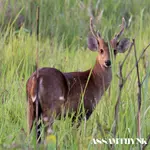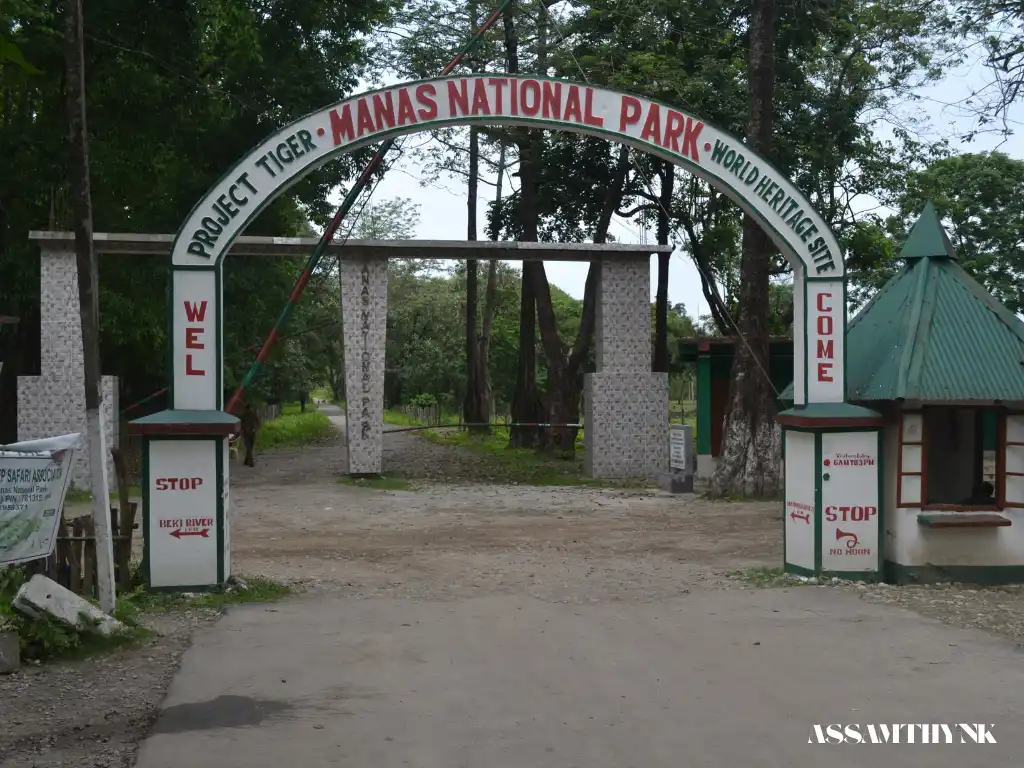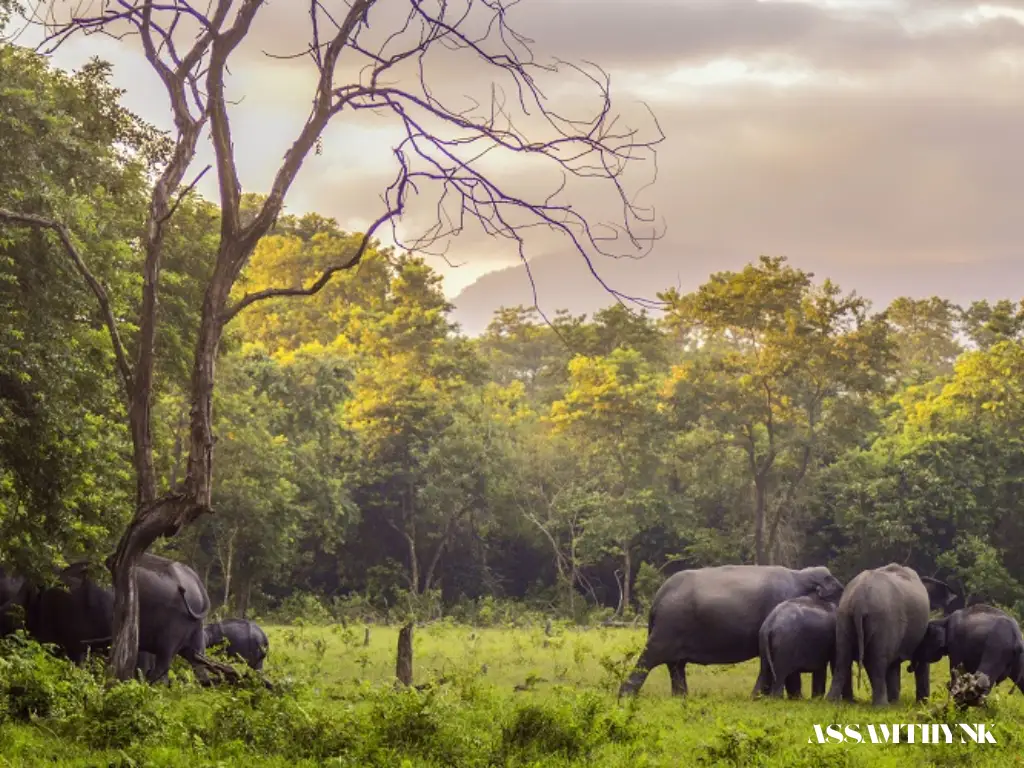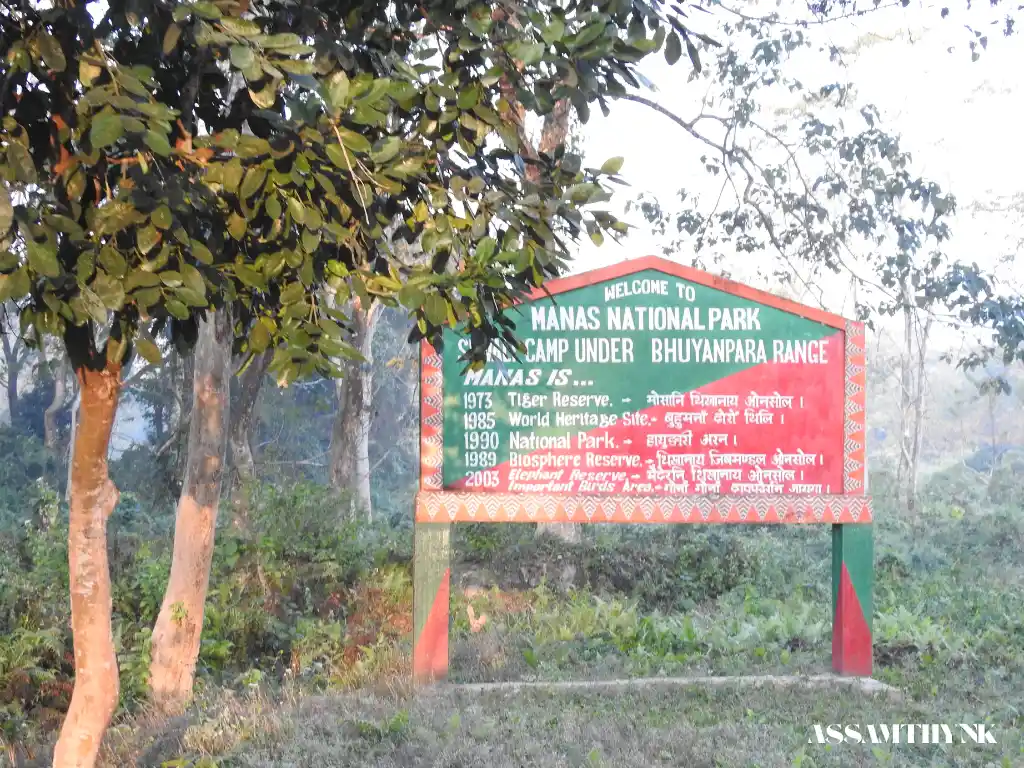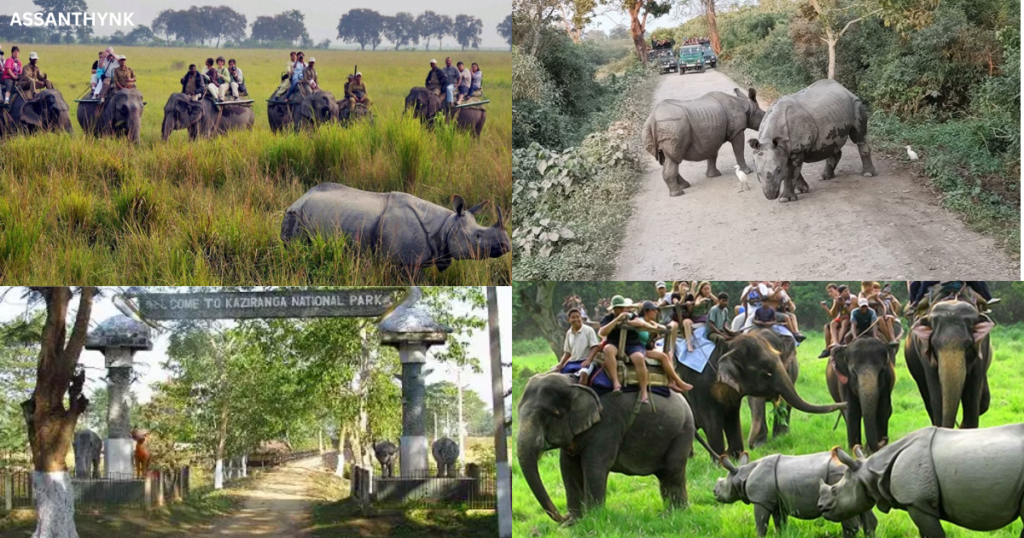Introduction
Manas National Park is one of India’s most remarkable wildlife destinations. Known for its breathtaking natural beauty, diverse flora and fauna, and rich cultural backdrop, this UNESCO World Heritage Site attracts travellers, wildlife lovers, and photographers from across the globe. Whether you’re planning to explore its vibrant wildlife or relax in a serene natural setting, Manas offers an unforgettable experience.
Where is Manas National Park Located?
One of the most common questions travellers ask is, “Where is Manas National Park located?”
Manas National Park is situated in the state of Assam, India. Spanning across five districts—Baksa, Chirang, Kokrajhar, Darrang, and Udalguri—the park also shares its boundary with Bhutan’s Royal Manas National Park. This transboundary location makes it unique, offering travellers a chance to experience both Indian and Bhutanese landscapes.
History and UNESCO Recognition
Manas National Park has a rich history of conservation. Initially declared a wildlife sanctuary in 1928, it covered 360 sq. km and aimed to protect the region’s diverse flora and fauna. Recognising its global ecological value, UNESCO designated Manas as a World Heritage Site in 1985, highlighting its unique biodiversity and endangered species. Over the years, the park gained additional recognition: it became a Project Tiger Reserve in 1973, an Elephant Reserve in 2003, and a Biosphere Reserve in 1989. These milestones underline Manas’s crucial role in wildlife protection and ecological balance in Northeast India.
Geography & Landscape
Manas National Park is located in the Western Assam districts of Chirang and Baksa, stretching right up to the India–Bhutan border, where it merges seamlessly with Bhutan’s Royal Manas National Park. This transboundary ecosystem makes it one of the richest biodiversity hotspots in South Asia.
The landscape of Manas is a visual treat—lush tropical forests, sprawling alluvial grasslands, swampy wetlands, and the meandering Manas River that cuts through the park. At an altitude of about 61 to 110 metres above sea level, the park’s unique terrain supports a stunning range of ecosystems. On one side, you’ll find dense sal forests, while on the other, vast stretches of elephant grass provide grazing grounds for herbivores. This variation creates the perfect environment for predators and prey alike.
Manas National Park is Famous for Which Animal?
Another frequent query by travellers is, “Manas National Park is famous for which animal?”
The park is renowned for the Golden Langur, one of the rarest primates in the world and found almost exclusively in Assam and Bhutan. Besides this, it is home to iconic species like:
- The Royal Bengal Tiger
- Indian One-Horned Rhinoceros
- Asian Elephant
- Wild Water Buffalo
- Clouded Leopard
Flora and Fauna
Covering more than 950 sq. km., Manas boasts diverse ecosystems, from grasslands and semi-evergreen forests to riverine landscapes. You’ll find over 540 species of plants, 450 species of birds, and nearly 60 species of mammals. The Brahmaputra river and its tributaries add to the scenic charm while supporting aquatic life.
Things to Do in Manas
Apart from safaris, Manas offers plenty of activities for nature lovers and cultural explorers:
- Birdwatching: With hundreds of bird species, Manas is a heaven for ornithologists and photographers.
- Photography: The dramatic landscapes and diverse wildlife provide endless opportunities for stunning wildlife photography.
- Village Tours: Nearby Bodo villages welcome visitors to experience traditional culture, weaving, music, and cuisine.
- Camping & Eco-tourism: Several eco-camps and lodges allow visitors to stay close to nature and experience the wilderness at night.
Safari Experience
A visit to Manas National Park is incomplete without a safari. The park offers multiple ways to explore its wild beauty.
Jeep Safari –
The most popular way to explore Manas. Safaris usually take 3–4 hours and cover deep forest trails, grasslands, and riverbanks. Early morning and late afternoon safaris are best for spotting wildlife.
Elephant Safari –
A unique experience that allows tourists to get closer to wildlife. These safaris are conducted under strict regulation to ensure safety and conservation balance.
River Rafting Safari –
Adventure lovers can enjoy a rafting experience on the Manas River, where sightings of water birds, elephants, and even wild buffaloes are common.
Safari Timings:
Generally, safaris are conducted in the early morning (6:00 AM – 10:00 AM) and afternoon (2:00 PM – 5:00 PM).
Entry Permits & Fees:
Visitors need entry permits which can be obtained at the park gates. Fees vary for Indians and foreigners, and additional charges apply for cameras and vehicles.
Best Time to Visit Manas National Park
Manas National Park remains open to visitors from October to April, offering ideal conditions for wildlife spotting and exploration. The peak season falls between November and March, when the weather is pleasant, skies are clear, and animals are more active, making safaris and photography highly rewarding. During this time, grasslands are lush, rivers are calm, and migratory birds visit the park, enhancing the natural experience. The monsoon months, from May to September, bring heavy rainfall and flooding, which restrict access to the park and make wildlife sightings difficult. Planning a visit in the dry season is strongly recommended.
How to Reach Manas National Park
- By Air: The nearest airport is Guwahati International Airport, about 176 km away.
- By Train: Barpeta Road Railway Station is the closest railhead, just 40 km away.
- By Road: Well-connected by roads, buses, and taxis from Guwahati, Tezpur, and other cities in Assam.
Accommodation: Manas National Park Resorts and Hotels
If you’re wondering where to stay, there are plenty of options, from eco-friendly lodges to luxury stays.
- Manas National Park Resort: The official forest lodges inside the park provide basic yet comfortable stays close to nature.
- Best Resort in Manas National Park: The Sikhiri Cottages is highly recommended for its location, facilities, and wildlife experience.
- Manas National Park Hotels: Options like Eagle Nest Eco Retreat and Hornbill Eco Camp offer modern amenities while keeping you close to the wilderness.
Travel Tips for Visitors
- Always carry government ID proof for entry.
- Pre-book your safari, especially in peak season.
- Wear earthy-coloured clothes to blend with the environment.
- Follow forest department rules and avoid littering.
- Carry binoculars and a camera for birdwatching and photography.
Why Visit Manas National Park?
While Kaziranga National Park may be Assam’s most famous wildlife destination, Manas offers a quieter, more intimate experience. Its status as a UNESCO World Heritage Site, combined with its rare species, scenic beauty, and cultural richness, makes it a truly unique destination. For those seeking adventure, birdwatching, or simply a peaceful retreat into nature, Manas is the perfect choice.
Nearby Attractions
While exploring Manas National Park, visitors can also enjoy several nearby attractions that add cultural, historical, and wildlife experiences to their trip.
Bodoland Villages:
Located close to the park, these villages offer an authentic glimpse into the lives of the indigenous Bodo community. Travellers can experience traditional customs, folk music, and vibrant dances. Local cuisine, including dishes made from fresh river fish, pork, and rice, provides a unique taste of Assam’s rural life. Visiting these villages allows tourists to interact with locals and understand their close relationship with the forest and wildlife.
Chakrashila Wildlife Sanctuary:
Situated about 60 km from Manas, this sanctuary is renowned for its population of the Golden Langur, an endangered primate found only in Assam and Bhutan. Chakrashila’s dense forests and scenic hills make it a perfect spot for trekking, birdwatching, and wildlife photography.
Bhutan Border & Royal Manas National Park:
For travellers interested in cross-border exploration, a short visit to Bhutan can be arranged. The adjoining Royal Manas National Park shares similar flora and fauna with Manas in Assam and offers a chance to see wildlife in a slightly different environment.
Conclusion
Manas National Park is more than just a wildlife sanctuary—it is a world of wonder where nature thrives in its purest form. With its rare animals, lush landscapes, and warm hospitality, it offers an unmatched travel experience in Northeast India. Whether you choose to stay in a Manas National Park resort, book the best resort in Manas National Park, or explore nearby Manas National Park hotels, your trip will be memorable.
So, if you’re still wondering “Where is Manas National Park located?” or “Manas National Park is famous for which animal?”, the answer lies in visiting this gem of Assam and experiencing it firsthand. A journey to Manas is not just a holiday—it’s a lifetime memory.
Manas National Park is famous for which animal?
It is famous for the Golden Langur, Royal Bengal Tiger, Indian One-Horned Rhinoceros, and Asian Elephants.
What is the best time to visit Manas National Park?
The park is open from October to April, with November to March being the best months for wildlife spotting.
The park is open from October to April, with November to March being the best months for wildlife spotting.
Eagle Nest Eco Retreat, Hornbill Eco Camp , and Eagle Nest Eco Retreat are top choices.
Are there hotels near Manas National Park?
Yes, options include Florican Cottages and Musa Jungle Retreat.
How can I reach Manas National Park?
By air via Guwahati Airport, by train via Barpeta Road, and by road from Guwahati or Tezpur.
What activities can I do in Manas National Park?
Jeep safaris, elephant safaris, birdwatching, river rafting, and cultural tours.
Is prior booking required for safaris?
Yes, all safaris require prior booking and permits from the forest department.
Are there any nearby attractions to visit?
Bodoland villages, Chakrashila Wildlife Sanctuary, and Royal Manas National Park in Bhutan.
Is Manas National Park a UNESCO World Heritage Site?
Yes, it was declared a UNESCO World Heritage Site in 1985 for its biodiversity and ecological importance.
